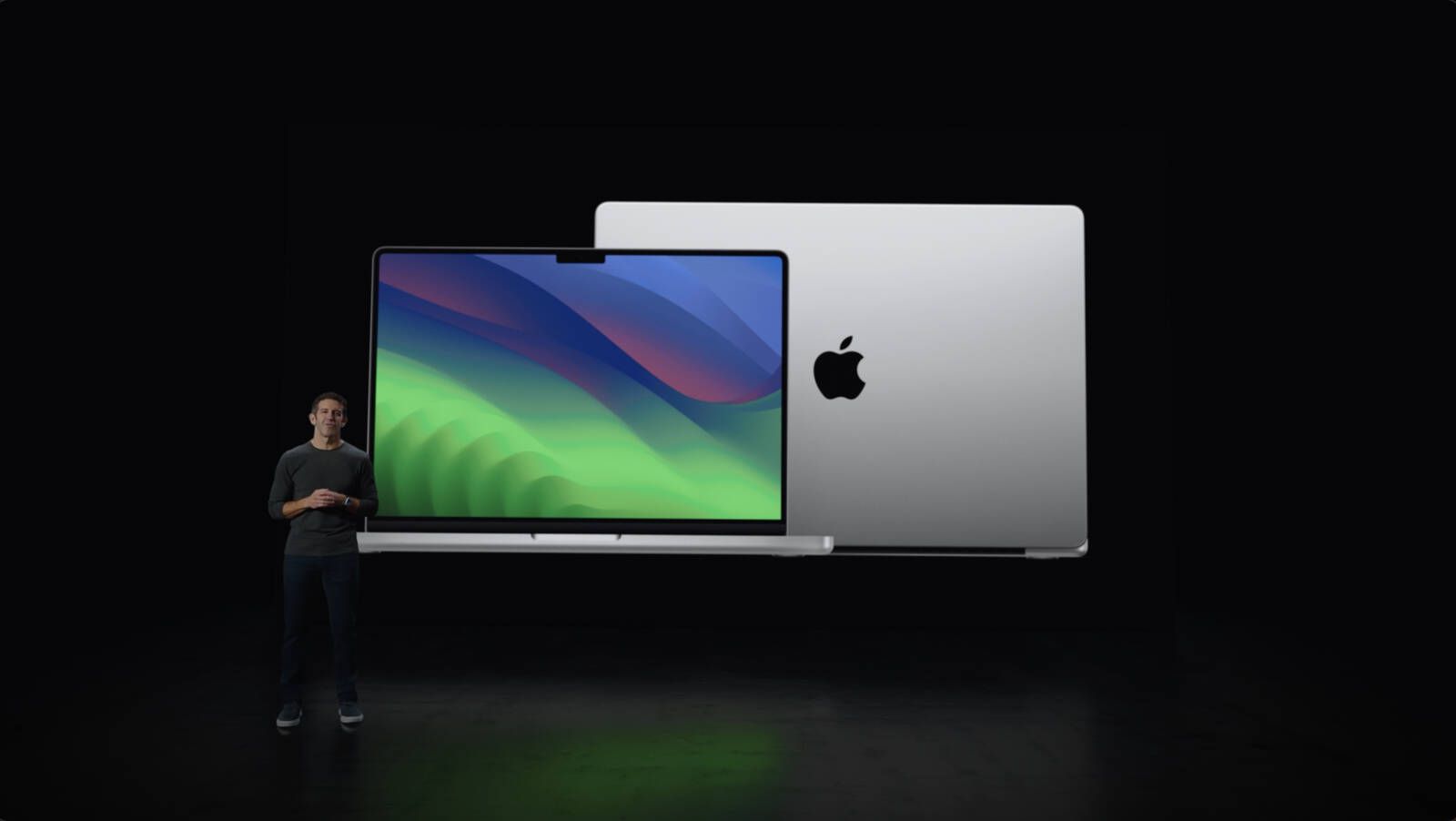M3 MacBook Pros

I bought an M2 Pro 14" MacBook Pro back when they launched in January this year. I had originally planned to wait for the M3 generation, but my Intel 2017 15" MacBook Pro had developed a display issue, so had to replace it sooner than I had hoped.
So naturally them releasing these new MBPs less than a year after buying mine could cause a bit of buyers remorse, but I didn't really have much choice, and looking at the chip I'd maybe (or not) have gone for again - the M3 Pro - they're avoiding comparing the CPU performance to the M2 Pro weirdly enough, suggesting it's not a particularly significant upgrade.

Even the GPU is only 10% faster, although it has new capabilities like hardware accelerated ray tracing.
The M2 Pro chip I have also has 8 performance cores vs the 6 performance cores of the top end M3 Pro, or the 5 (?!) P cores of the base M3 Pro. The M3 Pro also has a smaller memory bus width (192bit vs 256bit on the M2 Pro).
I suspect the top end M3 Pro will still be at least bit faster given the improvement to the actual cores themselves, but the difference might be smaller than expected.
The M3 Pro also has 1 fewer GPU cores, but given Apple were confident enough to compare GPU performance to M2 Pro, I suspect the overall GPU architecture improvements are carrying it here.
Overall, the 'on paper' step down of the M3 Pro over the M2 Pro is curious. It may be a case of Apple using TSMC's currently more expensive new 3nm process and them saving the extra cores for the higher margin chip (the M3 Max).
Update 06/11/2023
It looks like our suspicions were right, the M3 Pro does seem like it was 'nerfed' relative to the M2 Pro. It's not slower, but it seems to be only marginally faster (roughly 5-6%) - compared to the M3 Max - which seems to be a very impressive chip. I'm not sure how I feel about this, it was good to have the same CPU grunt as the Max, with the Max being mainly differentiated on GPU performance.
Now you can't really separate the two, which I think is a shame given many people's workflows simply don't benefit from the faster GPU - and now they're pushed towards buying the more expensive chip that in part more expensive due to the significantly faster GPU, just to get the best CPU performance.
This upsell would probably work on me if I were buying a new MBP today, I'd buy into the Max chip, the 'top end' one too.
When I was buying my MBP earlier this year, my decision was based around:
- Now that you don't need to compromise on performance to get the smaller machine, I'm going to do that. So for the first time I got the smaller MBP, the 14", it's an excellent size if it's not your primary device or you simply plug it in and use it in a desktop setup with larger displays.
- The Max series of chips had a faster GPU - something that doesn't impact my workflow on Mac. I have a big Windows desktop which I use if I need heavy GPU work, which for me is pretty much just games.
- As the M2 Pro and Max had roughly equal CPU performance, I opted for the M2 Pro and the better battery life.

So the exciting thing here is how much more the M3 Max is differentiated - it has the more powerful GPU, but on the CPU, it has up to 4-6 extra performance cores over the M3 Pro (2-4 more than the M2 Pro). This is different to the M2 generation, in which the M2 Pro and Max had the same CPU configuration, the main differentiation was in the GPU (and available RAM configuration I think?).
The fact the M3 Max has up to 4 extra performance cores may have in fact pushed me towards that instead of the M3 Pro though, CPU performance is important to me, so I might have just taken any extra battery cost in that scenario.
It's good to see Apple pushing the Max further, with it also now supporting 128GB of RAM. On the subject of RAM, the equivalent models to last year have now gained 2-4GB of extra RAM (18GB or 36GB on pre-configured models).
Overall, these seem like good upgrades. In certain areas there's some cool improvements, particularly on the M3 Max, in others - their constant comparisons against the M1 instead of the M2 series does raise some eyebrows on the year-on-year improvements.
Apple also finally ditched the touchbar 13" MacBook Pro. Replacing it with an M3 14" model. A good move.. even if they're still selling them with a criminal base 8GB of RAM.
But I haven't yet mentioned the biggest upgrade, and funnily enough, if anything would trigger any sort of buyers remorse in me - it'd be this.
MacBook Pros now come in 'Space Black' 😭



Member discussion